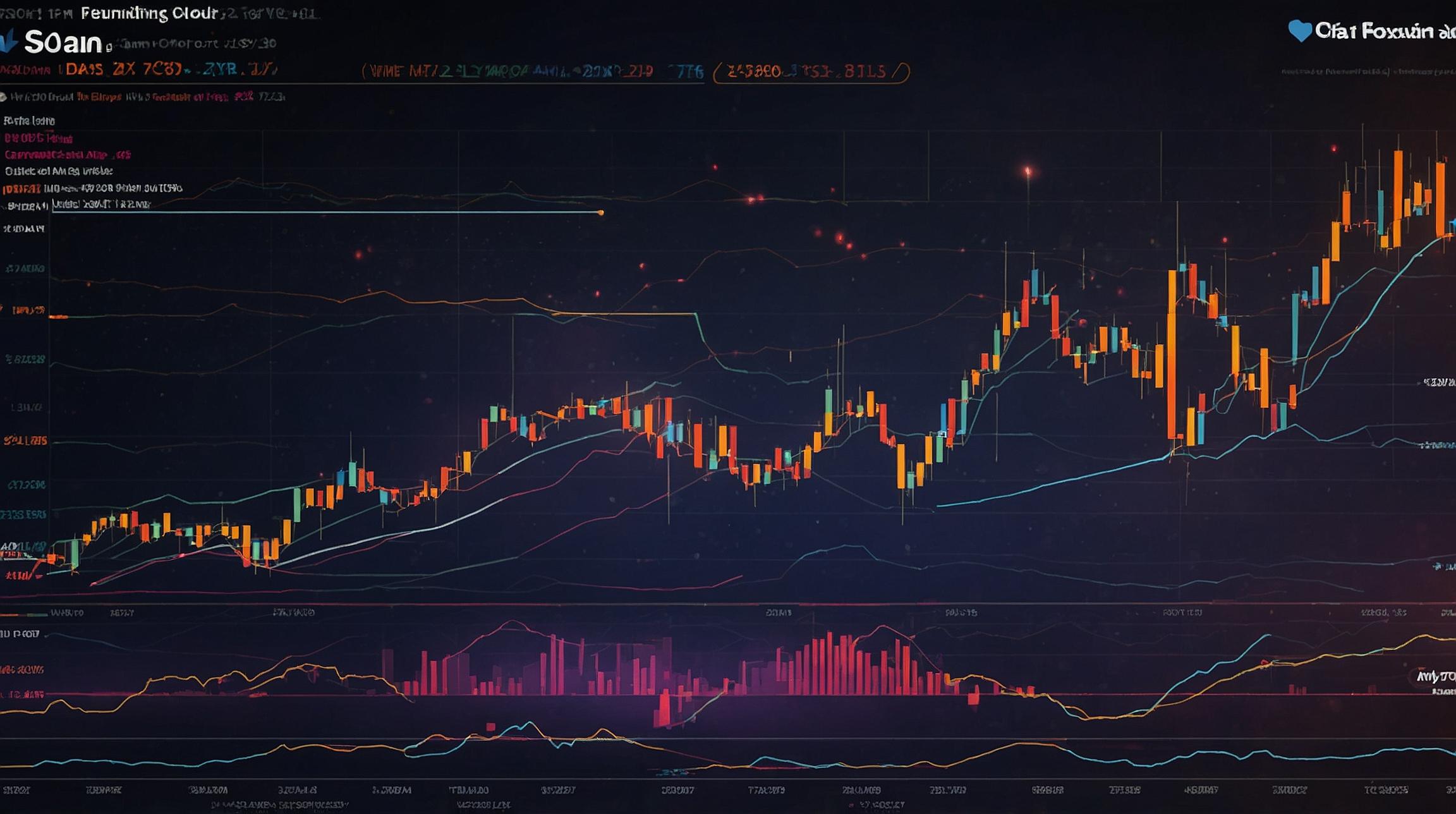Current State of Biotech Funding
The biotech industry is experiencing a period of stabilization after the overly enthusiastic investment trends of 2020 and 2021. Experts like Matthias Kleinz, a key figure at UPMC Enterprises, describe this as a "hangover period," where previous investments were significantly above the historical norm, driven by groundbreaking innovations in the previous decade.
Historical Context of Biotech Investment
The early 2010s saw significant advancements, including the first gene therapy approval and rapid developments in technologies such as CRISPR and CAR-T cell therapies. These innovations led to a surge in biotech investment, peaking in 2020-2021. However, such cycles are typical, with the industry experiencing significant shifts every 8 to 10 years, as noted by Brian Bock of COUR Pharma.
Signs of Funding Stability in 2024
Despite the downturn, 2024 shows positive trends with venture capital rounds reaching a 15-year high. Total funds raised through biotech IPOs have also surpassed totals from 2022 and 2023, signaling a steady recovery. However, the number of new IPOs is still below expectations, indicating a cautious investment climate.
Challenges and Market Dynamics
The biotech sector faces a "tale of two cities" scenario, where some companies enjoy high premiums for late-stage assets, while others struggle to survive. Economic uncertainties and a wave of public company challenges characterize the sector, leading to a "buyer's market" for those looking to invest in struggling firms.
Focus Shift: From Abstract to Practical
Investors are now more focused on companies with clear clinical applications rather than abstract technological innovations. This shift drives interest in companies solving specific clinical problems rather than those with just exciting technologies.
Economic Influences and Legislative Impact
Economic factors, such as interest rates and legislation like the Inflation Reduction Act, play significant roles in shaping biotech's investment landscape. The Act impacts drug pricing, creating challenges for companies in managing costs and pricing strategies.
Outlook and Future Trends
The IPO market remains challenging, but there is robust activity in other areas like follow-ons and PIPE deals. Experts predict a recovery by 2025, influenced by economic conditions and political factors such as the upcoming presidential election.
Strategic Recommendations
The EY Biotechnology Report 2024 advises firms to manage cash carefully and focus on clear clinical needs. This approach can help companies navigate the current challenges and position them for future growth.
Mergers and Acquisitions as a Catalyst
Increased M&A activity is expected as big pharmaceutical companies seek to overcome innovation challenges by acquiring biotech firms. This trend could boost the sector in the coming years.
Interest Rates and Investment Climate
A shift towards lower interest rates could gradually improve the investment landscape, drawing more funds back to biotech. This gradual return is anticipated to contribute to a healthier and more stable market environment by 2025.













